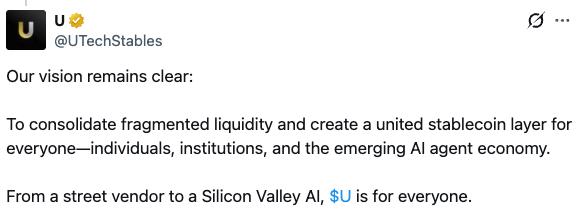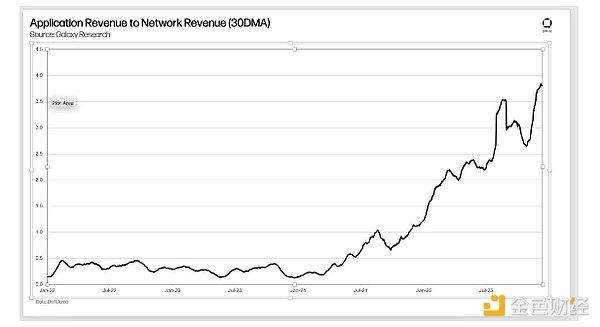The U.S. Federal Reserve (Fed) yesterday's Federal Open Market Committee (FOMC) meeting resolution, as expected by the market, maintained the policy interest rate at 4.25%-4.5% unchanged, and announced that it will slow down the balance sheet reduction from April. The latest dot plot shows that officials maintain the expectation of two rate cuts in 2025.
Additionally, Fed Chair Powell stated in the post-meeting press conference that surveys show signs of slowing consumer spending, and the Fed will closely monitor signals of economic weakness. He also pointed out that progress in combating inflation may face delays this year, partly because Trump administration's tariffs and various policies have increased inflation and economic uncertainty, with policy effects still to be observed.
Trump Calls on Fed: Lowering Interest Rates Now Would Be Great
After the Fed's resolution, U.S. President Trump immediately posted on the social platform Truth Social, saying, "If the Fed can lower rates, April 2nd will be America's Liberation Day". Today, Trump seized on the trend of falling prices and again posted to urge the Fed to lower rates quickly:
Egg prices have significantly dropped compared to the "Biden-style" high prices a few weeks ago. "Grocery" and gasoline prices have also declined simultaneously.
Now, if the Fed can do the right thing and lower rates, that would be great!!!
According to MacroMicro data, the U.S. CPI (Consumer Price Index), which the Fed generally uses as an inflation indicator, has dropped to 2.82%. Although this is still far from the Fed's 2% target, Trump is precisely seizing the opportunity of declining food, energy prices, and consumer spending to pressure the Fed to lower rates quickly.

Deliberately Creating 'Economic Recession' to Force Fed to Lower Rates
On the other hand, according to a previous report by BlockTempo, the current market volatility has made many dissatisfied with Trump's economic policies, with some even beginning to miss the Biden administration. However, there are voices suggesting that Trump may be deliberately triggering a controllable economic recession, with the ultimate goal of solving the current U.S. debt problem of $36.2 trillion. Forcing the Fed to lower rates is part of solving this debt problem.
How Much Interest Can the Fed Save by Lowering Rates?
According to statistics, the U.S. GDP in 2023 was approximately $27.72 trillion. Based on this value, the current U.S. debt is more than double its GDP, with the government spending over $1.3 trillion annually on debt interest alone.
However, calculations show that lowering the interest rate by 1% would save the U.S. $400 billion in debt interest, which undoubtedly provides a huge attraction for Trump.
Trump Creates Economic Recession Leading to Interest Rate Decline
Regarding rate reduction, Bear Traps Report founder Larry McDonald points out that no inflation cycle exceeding 6% can end without unemployment reaching 5%, 6%, or even 8%. Therefore, Trump cannot suppress inflation through massive fiscal spending, and the best way is to trigger an economic recession.
With this premise, let's look at Trump's current economic policies:
- High Tariffs: In late January and early February, Trump first launched a tariff war, imposing 25% tariffs on Canada and Mexico, additional tariffs on China, and subsequently reciprocal tariffs.
- Layoffs: Trump joined with Tesla founder Musk to establish the Government Efficiency Department (DOGE) to conduct large-scale layoffs and cut public expenditures.
- Immigration Restrictions: Trump emphasized strict immigration policies during his inauguration.
Overall, tariffs will trigger price increases, while layoffs and strict immigration policies will compress economic activities in the labor market. These measures will potentially create pressure on the U.S. economy, and this result may lead to forcing the U.S. Federal Reserve (Fed) to lower rates, as its most important goal is to ensure stable inflation and unemployment rates.








